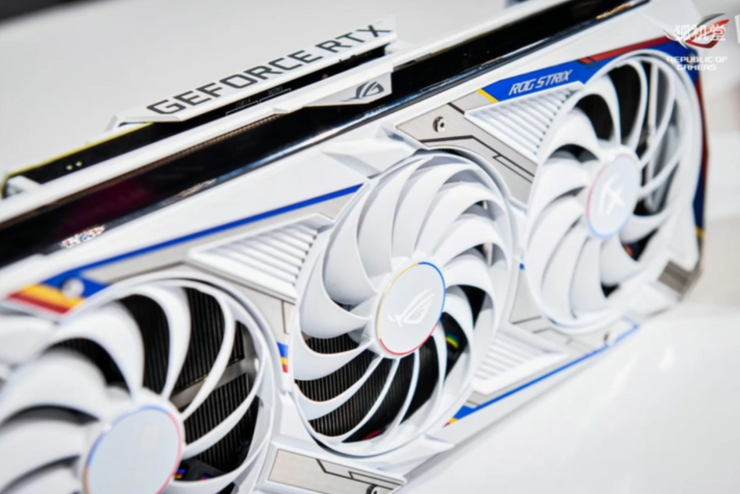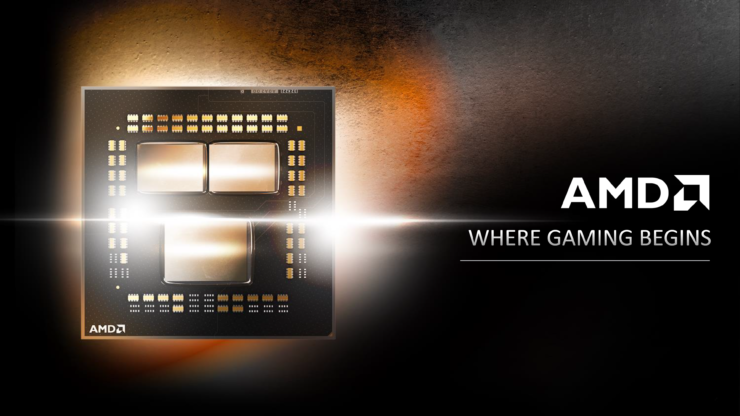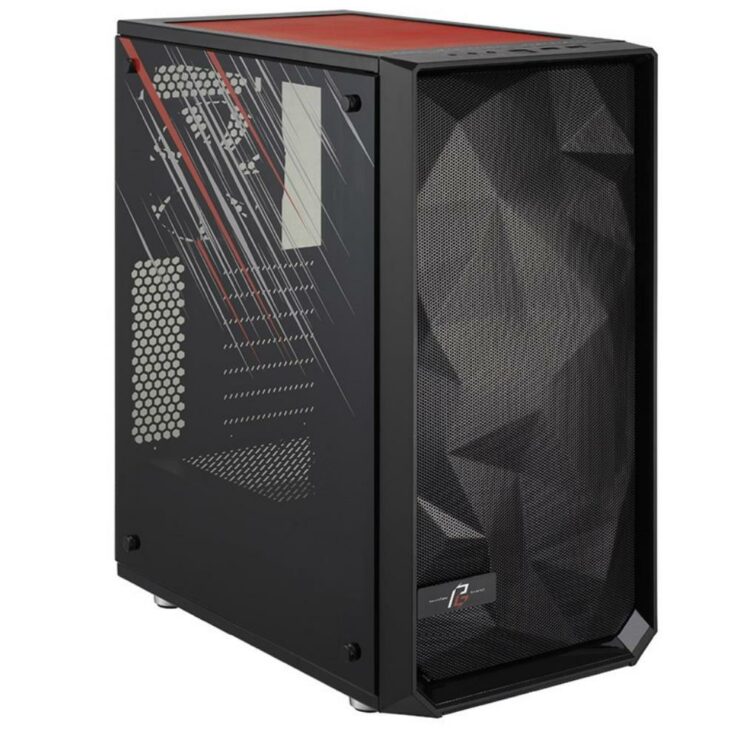UL Launches 3DMark DirectX Ray-tracing Benchmark – Evaluates Pure Ray-Tracing Performance For Next-Gen AMD RDNA 2 & NVIDIA Ampere GPUs

UL has announced the release of its 3DMark DirectX Ray-tracing test which allows users to evaluate pure ray-tracing performance for next-generation NVIDIA Ampere & AMD RDNA 2 based GPUs. The benchmark allows users with a hardware-accelerated ray-tracing graphics card to figure out how fast their PC is compared to other offerings.
UL Launches 3DMark DirectX Ray-tracing Benchmark For Next-Gen NVIDIA and AMD Hardware-Accelerated RT GPUs
According to UL, today’s release marks the end to NVIDIA’s monopoly on real-time ray-tracing and lets users with any hardware accelerated ray-tracing capable graphics ard to run and benchmark the performance of their PC. The benchmark is designed specifically to make the ray-tracing a limiting factor and hence, features a scene that is entirely ray-traced and drawn in one pass rather than using traditional rendering techniques.
The launch of AMD Radeon RX 6000 Series graphics cards on November 18 will end NVIDIA’s monopoly on real-time ray tracing. For the first time, you will have a choice of vendors when buying a ray-tracing-capable graphics card. via UL

3DMark DirectX Raytracing feature test
Real-time ray tracing is incredibly demanding. The latest graphics cards have dedicated hardware that’s optimized for ray-tracing operations. Despite the advances in GPU performance, the demands are still too high for a game to rely on ray tracing alone. That’s why games use ray tracing to complement traditional rendering techniques.
The 3DMark DirectX Raytracing benchmark feature test is designed to make ray-tracing the limiting factor. Instead of relying on traditional rendering, the whole scene is ray-traced and drawn in one pass.
The result of the test depends entirely on ray-tracing performance.

Compared with traditional rendering, ray tracing can more accurately model how light interacts with the aperture of a camera.
In this feature test, camera rays are traced across the field of view with small random offsets to simulate a depth of field effect. The frame rate is determined by the time taken to trace and shade a set number of samples for each pixel, combine the results with previous samples, and present the output on the screen. You can change the sample count to see how it affects performance and visual quality.
The result of the test is the average frame rate in frames per second interactive mode
Interactive mode
The test includes an interactive mode that lets you move freely around the scene and take screenshots. You can control the focus point and aperture of the camera to explore the different depth of field effects using ray tracing.

3DMark DirectX Raytracing Benchmark (v2.15.7078) Available now
The 3DMark DirectX Raytracing feature test is available now. You’ll need Windows 10, 64-bit with the May 2020 Update (version 2004), and a graphics card with drivers that support DirectX Raytracing Tier 1.1 to run the test.
If you bought 3DMark before January 8, 2019, will need to upgrade to unlock the latest ray-tracing tests. The 3DMark Port Royal upgrade DLC adds Port Royal, the DirectX Raytracing feature test, and the NVIDIA DLSS feature test. Find out more about 3DMark updates and upgrades here.
Performance Results
Test System
| Components | X570 |
|---|---|
| CPU | Ryzen 9 3900X 4.3GHz All Core Lock (disable one CCD for 3600X Results) |
| Memory | 32GB Hyper X Predator DDR4 3600 |
| Motherboard | ASUS TUF Gaming X570 Plus-WiFi |
| Storage | TeamGroup Cardea 1TB NVMe PCIe 4.0 |
| PSU | Cooler Master V1200 Platinum |
| Windows Version | Latest verion of windows at the time of testing |
| Hardware-Accelerated GPU Scheduling | On if supported by GPU and driver. |
<!—->





